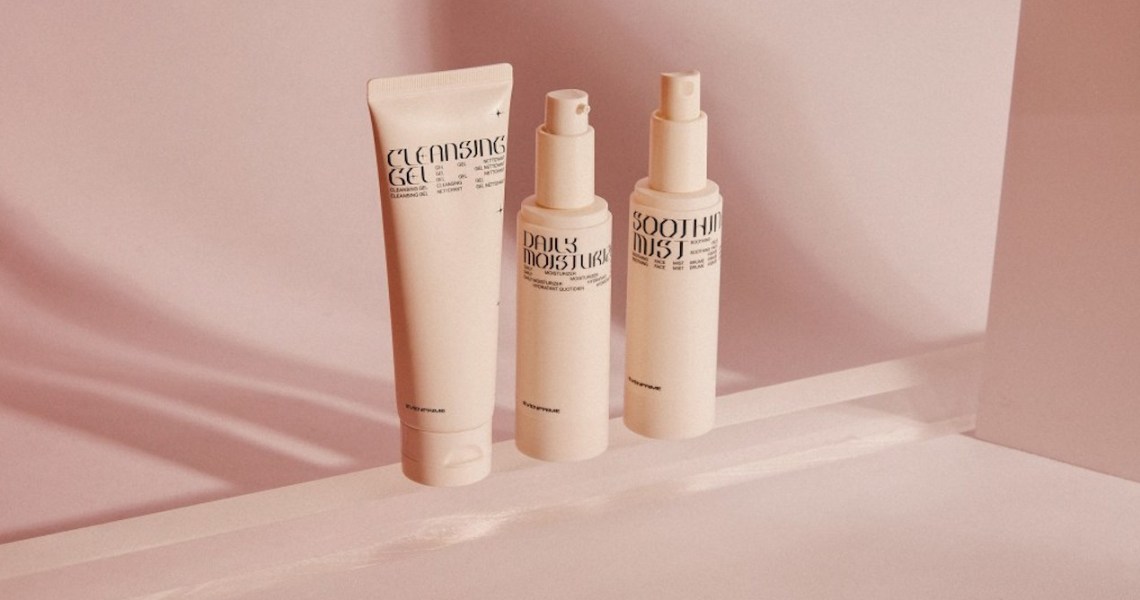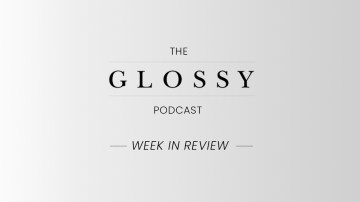As Gen Z becomes one of the largest consumer groups in beauty, skin-care brands are trying to better cater to their needs.
Over the past 12 months, many Gen-Z-specific skin-care brands have debuted, such as actress Millie Bobbie Brown’s Florence by Mills line this week, unisex brand Evenprime in May, C’est Moi in January 2018 and Higher Education in December 2018. These brands seek to offer milder anti-acne solutions than previously available, while also using clean ingredients.
“Gen Z are very much ‘skintellectuals,’ and this has been reflected in the slowing of cosmetics sales and the increase of skin-care sales,” said Clare Varga, head of beauty, for consumer consulting firm WGSN. “Gen Z are also learning from Gen X when it comes to aging and future-proofing their skin.”
Evenprime is sold online at Evenprime.co and Amazon. Founder Rickie Ashman refers to his Gen-Z customers as the “remix generation,” because they dabble across genres and cultural references frequently. Evenprime borrows its brand aesthetic from classic video games like Space Invaders, and its Instagram account with almost 4,000 followers showcases products alongside men, women, anime and space imagery. The brand sells three South Korean-made products — a face wash, moisturizer and mist — that are meant to balance the pH of the skin and address oiliness, dryness and acne, with clean ingredients like fruit extracts and rice ferment.
“We’re seeing this shift where [the young] consumer is becoming more educated about ingredients,” Ashman said. “Older CPG brands that have been selling the same formulas forever are starting to change them because they have to in order to stay relevant. It’s reactive more than proactive.”
Incumbent brands are taking note of niche Gen-Z brands and are responding with their own sub-brands or diffusion lines. There’s Clean & Clear’s C&C line, Shiseido’s Posme, Clarins’ My Clarins and Rodan & Field’s Unblemished, which all target Gen Z and have all popped up in the last year. For the most part, these sub-brands have taken to changing their formulations to address the desires of young consumers for less harsh options, thanks to new approaches and understanding around skin health. For example, Unblemish offers a bundle of a face wash with 5% benzoyl peroxide and a gel with 2.5% benzoyl peroxide, both milder than the common 10% found in mass brands like Clean & Clear and PanOxyl. Brands are exploring gentler ingredients, not only because there is a newer and more holistic understanding of how to treat skin, particularly acne, but also because Gen Zers want “healthy skin,” rather than simply to cure or cover up imperfections, Ashman said.
The attraction to Gen-Z consumers makes sense for the industry considering the demographic spends more dollars on beauty products than apparel, according to a 2018 report by asset management firm Piper Jaffray. But beauty brands are still figuring out exactly what this customer wants and how to communicate that throughout their branding and marketing. According to consulting agency J. Walter Thompson Intelligence, 63% of Gen Z thinks of themselves as influencers, 48% as entrepreneurs and 31% as brands.
For its part, Evenprime is focusing its content-creation efforts on video for Instagram, and Ashman is dabbling with Snapchat to share his founder story, as younger consumers want to know who is behind a brand, he said. Sub-brand My Clarins opted to reach its Gen-Z customers through a mobile pop-up tour to college campuses between March and April, and C’est Moi had a Beautycon presence in April.
“The key to understanding Gen Z and their beauty needs is to accept their fluidity,” said Varga. “They are self-educated, allusive and eco-conscious, and they actively seek out beauty brands that share these values.”




